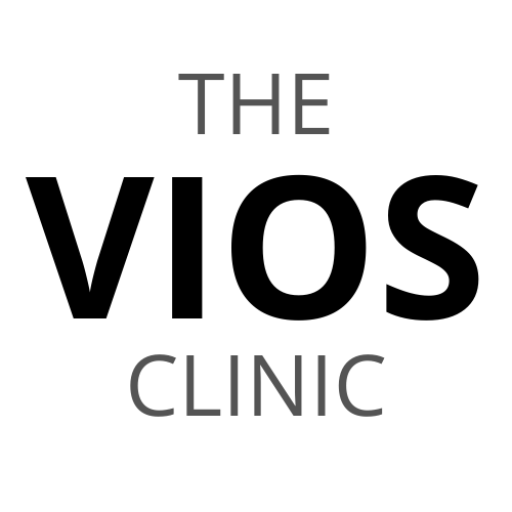In an age where technology is advancing at blinding speed, it is startling to think that the number one killer of people in the United States has remained the same for the past thirty years. The primary killer of Americans is coronary artery disease.
This disease goes by many names including: heart disease, coronary disease, hardening of the arteries, blockages in blood vessels, atherosclerosis, and ischemic heart disease (to name a few…). All of these terms have been used to describe the changes which occur within blood vessels which ultimately severely restrict the blood flow to the heart muscle.
Decreased blood flow to the heart muscle can cause myocardial infarction (commonly called a “heart attack”) and potentially deadly heart rhythms. Individuals with significant blockages in their blood vessels are at high risk for sudden death due to deadly heart rhythms.
Sadly, a significant number of people who have enough narrowing of their heart’s blood vessels to cause a significant heart attack or sudden death will have no symptoms. Many times the first time a person knows the severity of their disease is when they experience a heart attack or sudden death.
Clearly, the key to decreasing the incidence of such events is to identify those at risk for heart disease, treat disease if found and prevent the onset of the disease in the first place.

Who is at risk?
There are several well-known risk factors for coronary disease:
- diabetes
- hypertension
- obesity
- abnormal cholesterol level
- family history of premature (essentially, before age 50-60) heart disease in a first-degree relative (parent, child, or sibling),
- smoking
*Not all risk factors increase the risk of developing heart disease equally.
Having diabetes or a family history alone is enough in some patients to bring about very severe disease.

What should people at risk do?
- Patients at risk for coronary disease should see their doctor regularly and take all medicines as prescribed.
- A baseline fasting cholesterol panel should be performed as well as an electrocardiogram (EKG).
- Those patients who are at high risk for developing coronary disease (for example diabetics, patients with a family history as described above, or those with any two or more risk factors) should be seen by a cardiologist (heart specialist) to have tests performed to evaluate heart function.
Changes in our behavior (also called risk factor modification) are powerful tools in our arsenal to combat heart disease.
- Heart-healthy eating (low salt, low cholesterol, low fat) and regular exercise (as simple as walking 30-45 minutes a day) will go far to decrease the incidence of this disease.
BLOG AUTHOR
Dr. Bonita Coe, MD
Dr. Coe is an Internal Medicine specialist with a passion for helping people learn how they can take control of their healthcare choices. She has a keen interest in writing health blogs to teach people about managing their chronic health conditions. To know more about personalized consultation services, click here to visit her profile page.


